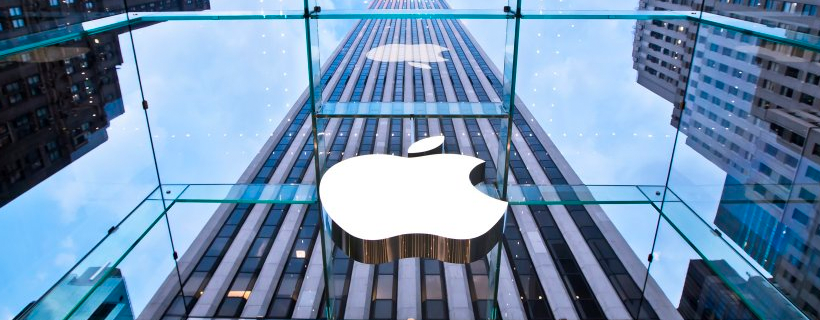Apple reported second-quarter earnings slightly above dampened expectations, indicating stabilization. Here are our takeaways:
- March results were slightly better than expectations, but most importantly, there weren’t any negative surprises.
- Guidance was not only 2% better than expected, but it represents less of a seasonal March-to-June decline. Adjusting for FX, the midpoint of revenue guidance for June will be down 7% compared to a typical March-to-June seasonality of down 15%.
- China is improving. We think iPhone in China went from down 40% last quarter to down 28%.
- Apple’s Non-iPhone business, led by wearables and iPad, was stronger than expected.
- Services accounted for one-third of Apple’s gross profits this quarter. Growth is slower but should stabilize around 15%+.
- Capital return could move shares 28% higher over the next five years.
China
Things are improving, specifically, in Greater China where overall revenue was down 36% in Q1. We estimate Greater China iPhone revenue was down 28% y/y vs. 40% y/y last quarter. This is a sign of stabilization that Apple partly attributes to making iPhone “price adjustments,” which we view as essentially lowering the purchase price through a more aggressive trade-in program. These moves are representative of Apple’s newfound leeway to experiment with pricing, given they no longer report iPhone units and ASPs.
Non-iPhone Strength
For the second quarter in a row, Apple’s non-iPhone business has been stronger than expected. Wearables (now about 10% of revenue) was up 50% y/y compared to up 33% last quarter. iPad also grew 22% (its highest growth in six quarters) on strong sales of the new iPad Pro. Growth in non-iPhone revenue is evidence of strength in the Apple ecosystem and should slowly help investors get comfortable moving beyond the iPhone cycle story in the coming quarters. The focus on services is justified.
Services Focus Is Justified
Services this quarter accounted for 20% of revenue and 33% of gross profit. Apple’s focus on Services is justified. It is not an attempt to distract investors from declining iPhone sales, it is the natural extension of the hardware/software ecosystem Apple has built. Services’ 15%+ revenue growth will likely continue as every segment within Services was up double digits in Mar-19.
Capital Return
The $75B addition to the buyback was below our $100B expectation, and the 5% dividend increase was below our 16% expectation. Despite that fact, returning capital to investors still represents a lever that could move shares 28% higher over the next five years. This is based on returning $50B per year ($250B total) in cash from operations along with the outstanding $113B in net cash on the balance sheet on their way to “net cash neutral.” Assuming the stock goes up and, over the next five years, the weighted average market cap is $1.3T, the $363B in capital return would theoretically move shares 28% higher.
Valuing the Ecosystem
We believe the Street is systematically undervaluing Apple’s ecosystem by focusing on hardware sales instead of revenue and earnings growth and optionality. This weighs heavily on Apple’s multiple, which is 15x forward earnings. We believe Apple has become a staple in about a billion people’s lives. While it may not seem like an appropriate comp, a consumer staples company like Coca-Cola, which has accomplished something similar, trades at 22x forward earnings. Applying that multiple to our estimated $16.44 in 2021 earnings yields a 73% higher share price. We believe Apple should receive more credit for the durable and sticky ecosystem it has built.
Disclaimer: We actively write about the themes in which we invest or may invest: virtual reality, augmented reality, artificial intelligence, and robotics. From time to time, we may write about companies that are in our portfolio. As managers of the portfolio, we may earn carried interest, management fees or other compensation from such portfolio. Content on this site including opinions on specific themes in technology, market estimates, and estimates and commentary regarding publicly traded or private companies is not intended for use in making any investment decisions and provided solely for informational purposes. We hold no obligation to update any of our projections and the content on this site should not be relied upon. We express no warranties about any estimates or opinions we make.
